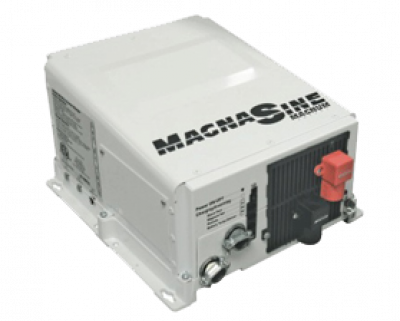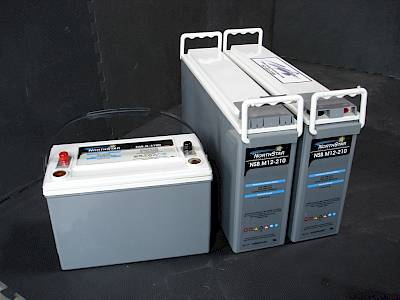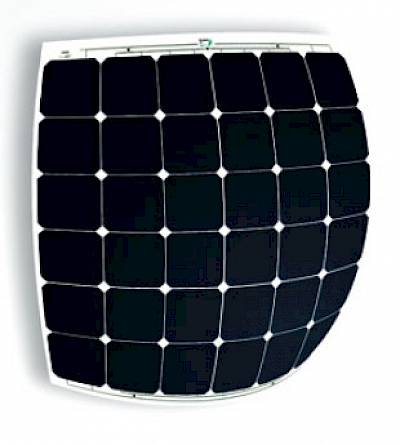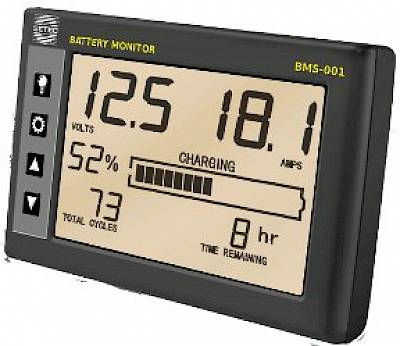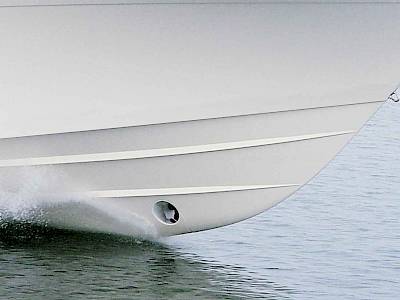
Voltage Drop in Primary Distribution
Most marine electrical systems will have a DC (direct current) system as part of their electrical design, and for most boats it may form the largest and most intrinsic part of the electrical system. With lower voltage electrical systems, those below 50V, it is of paramount importance that particular attention is paid to distribution of the power and maintaining voltage drop to a minimum. With that in mind, it is not surprising that battery cabling on 12VDC electrical systems needs to be quite large and installed with the highest degree of care taken to make sure that the connections and distribution points have minimal resistances.
First order of business, when designing a lower voltage DC distribution system, is to calculate the total amount of current that will be going through the system so that voltage drop calculations can be made. With the primary distribution, that is from the battery through the disconnect switch and up to the main distribution panel with its primary over-current protection, this portion is designed to be below 3% voltage drop. The 3% voltage drop calculation is also applied to all safety systems and other critical circuits, including navigation, lighting, bilge pumps and alarms. Most of these circuits will be ‘on’ 24 hours a day, seven days a week, and will be part of a “24/7 sub-system” that will have direct access to battery power that will not be switched off with other loads when the vessel is left unattended.
Voltage drop can be calculated using a standardized formula, or there are tables and calculators available on line or from electrical equipment suppliers. The importance of maintaining minimum voltage drop in the primary distribution is critical because any overages at the primary level will be compounded at secondary and peripheral distribution levels.
Related Content











